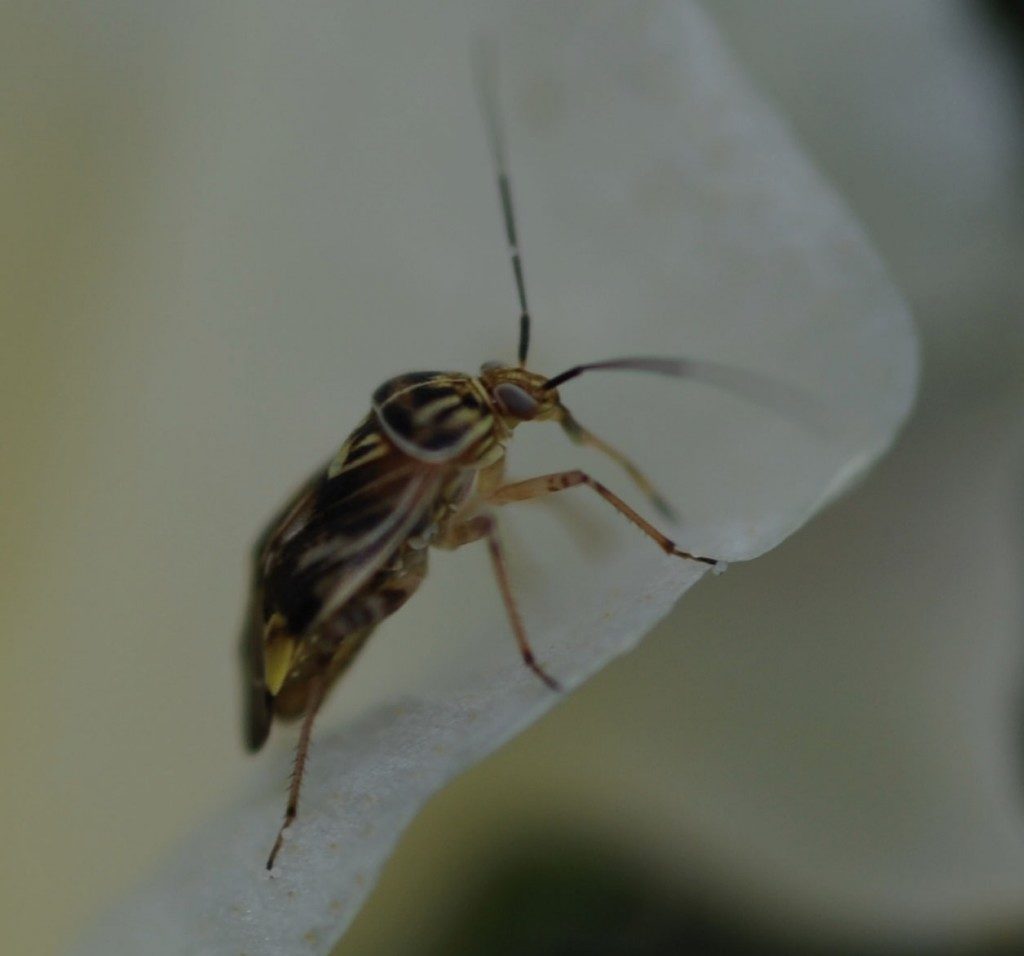Squaring Off With Plant Bugs and Other Early-Season Cotton Pests
go.ncsu.edu/readext?595942
en Español / em Português
El inglés es el idioma de control de esta página. En la medida en que haya algún conflicto entre la traducción al inglés y la traducción, el inglés prevalece.
Al hacer clic en el enlace de traducción se activa un servicio de traducción gratuito para convertir la página al español. Al igual que con cualquier traducción por Internet, la conversión no es sensible al contexto y puede que no traduzca el texto en su significado original. NC State Extension no garantiza la exactitud del texto traducido. Por favor, tenga en cuenta que algunas aplicaciones y/o servicios pueden no funcionar como se espera cuando se traducen.
Português
Inglês é o idioma de controle desta página. Na medida que haja algum conflito entre o texto original em Inglês e a tradução, o Inglês prevalece.
Ao clicar no link de tradução, um serviço gratuito de tradução será ativado para converter a página para o Português. Como em qualquer tradução pela internet, a conversão não é sensivel ao contexto e pode não ocorrer a tradução para o significado orginal. O serviço de Extensão da Carolina do Norte (NC State Extension) não garante a exatidão do texto traduzido. Por favor, observe que algumas funções ou serviços podem não funcionar como esperado após a tradução.
English
English is the controlling language of this page. To the extent there is any conflict between the English text and the translation, English controls.
Clicking on the translation link activates a free translation service to convert the page to Spanish. As with any Internet translation, the conversion is not context-sensitive and may not translate the text to its original meaning. NC State Extension does not guarantee the accuracy of the translated text. Please note that some applications and/or services may not function as expected when translated.
Collapse ▲Patrick R. Shepard | 4/8/2019 | Southeast FarmPress
You know they’re coming: plant bugs, thrips, and their posses. University entomologists offer several considerations for getting the drop on these early-season pests.
University of Tennessee Entomologist Scott Stewart says, “Most of the state’s cotton growers plant insecticide-treated seed, with imidacloprid being the base treatment. Growers can also use an in-furrow insecticide application; granular materials include AgLogic 15G (aldicarb), especially in fields with substantial nematode problems, in addition to thrips, and liquid materials include imidacloprid and acephate.”

Plant bugs remain the Mid-South’s No. 1 insect pest. “Early-season, we still have neonic products such as Centric and imidacloprid,” Stewart says. “I think they are options for the first spray or two prior to flowering, but as we get closer to bloom, we probably will use them in combination with other materials, such as Diamond.
“All the Mid-South states will have another Section 18 label for Transform, which has been an excellent product for us; we’re using more of it than before. In the middle of the season, once we get into bloom, we consistently use three products: Transform, Orthene, and Diamond.
“I like mixes such as Transform + Orthene or Diamond + Orthene. Transform stands very well on its own, but I like mixing it, particularly late in the season, with something like Bidrin or Orthene to catch stinkbugs. However, you can often accomplish the same thing by rotation.
“Of course, insecticide selection depends on what’s occurring in the field. The important thing is to use different modes of action for broader control and resistance management.”
STACK YOUR TREATMENTS
Clemson University Entomologist Jeremy Greene says thrips are South Carolina’s most predictable insect pests in cotton every year so he urges growers to plan on using preventive treatments. Most cotton seed comes with treatments that help control thrips.
“We have other options, too, including in-furrow applications; we sometimes combine seed treatments and an in-furrow application. If you have a large acreage and you have to spread planting out for a month or longer, it might be a good idea to stack your treatments on some of the earlier crop that will be more susceptible to thrips because of the cooler temperatures that slow plant growth. And on later planting dates, you can just go with the seed treatment.
Applications of in-furrow insecticide include granular and liquid formulations. “Granular formulations options will basically be AgLogic 15G or Thimet 20-G,” Greene says. “As far as liquids, you can go with something like imidacloprid or acephate.


